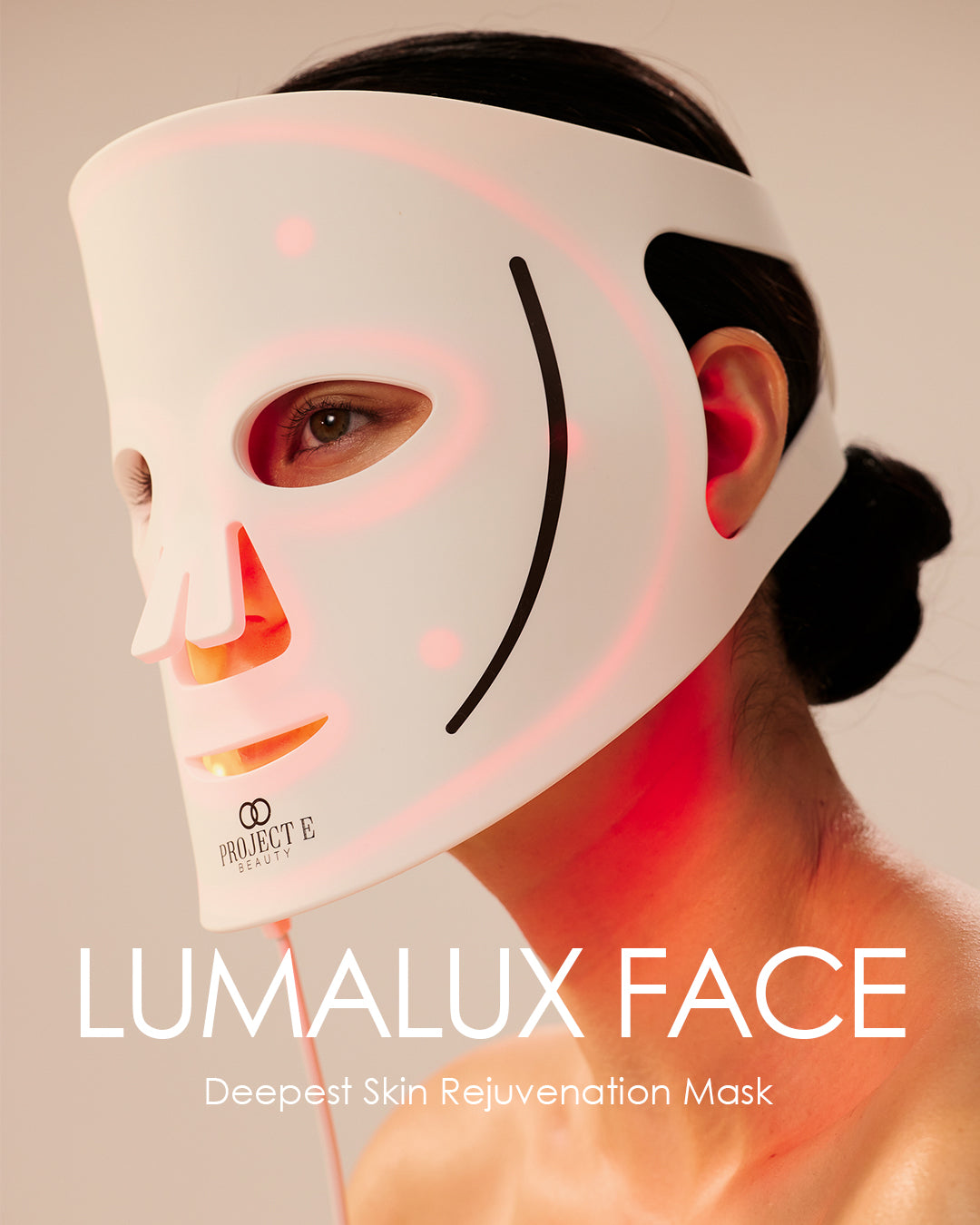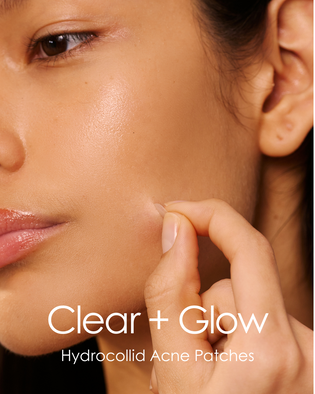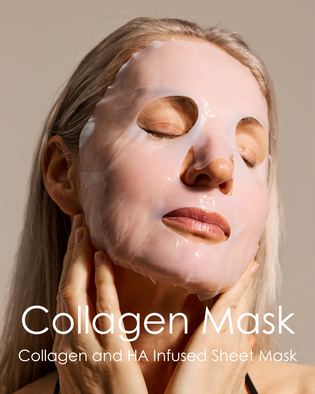
How to Use Red and Infrared Light Therapy for Recovery From Exercise?
IN THIS ARTICLE:
- 01 Red Light Therapy, Muscle Recovery, and Exercise
- 02 Can You Use Red Light Therapy for Muscle Recovery?
- 03 How Does Red Light Therapy Work For Muscle Recovery?
- 04 Is There Scientific Evidence Behind Red Light Therapy and Muscle Recovery?
- 05 What is the Best Red Light Wavelength for Muscle Recovery?
- 06 What is the Best Dosage of Red Light Therapy for Muscle Recovery?
- 07 Does Red Light Improve Sports Performance?
- 08 Should You Use Red Light Therapy Before or After Exercise?
Red Light Therapy, Muscle Recovery, and Exercise
LED light therapy is the therapeutic application of red and infrared light therapy wavelengths to the body to trigger certain biochemical responses and to treat various conditions. Although closely linked with skin health, pain, and inflammation, its application is wide-ranging, including applications in brain health, cognition, eye health, nerve health, and much more.
Red light is increasingly used to aid in recovery post-exercise for both athletes and non-athletes. Red light claims to accelerate recovery time, reduce pain and inflammation, improve performance, and increase muscle mass.
What sets red light apart is its powerful capacity to promote physical healing. The fundamental idea behind exercise is that it involves causing short-term stress or damage to the body, which then repairs and strengthens as we heal. Red light is thought to speed up and improve this healing process for better results from exercise.
But are these claims substantiated, and how can we practically incorporate red light therapy into our fitness routines?
Can You Use Red Light Therapy for Muscle Recovery?
 The link between red light therapy and muscle recovery is now well established, with more research being conducted in the area and a growing market for devices that specifically target isolated muscle groups to enhance recovery from exercise, particularly for athletes and those who train frequently and with intensity. The real benefit of red light therapy for muscle recovery is that it allows athletes to train more frequently by shortening recovery time between sessions. Other methods, such as foam rolling and cryotherapy, while somewhat beneficial, are less effective.
The link between red light therapy and muscle recovery is now well established, with more research being conducted in the area and a growing market for devices that specifically target isolated muscle groups to enhance recovery from exercise, particularly for athletes and those who train frequently and with intensity. The real benefit of red light therapy for muscle recovery is that it allows athletes to train more frequently by shortening recovery time between sessions. Other methods, such as foam rolling and cryotherapy, while somewhat beneficial, are less effective.
How Does Red Light Therapy Work For Muscle Recovery?
In essence, red light wavelengths work by regenerating damaged tissue caused by strenuous exercise more effectively than if red light therapy were not applied to the muscle or area.
When applied to the body, red light stimulates the mitochondria, or the energy currency of the cell, to produce more energy. Light molecules called 'photons' are absorbed by an enzyme called cytochrome c oxygen which binds with oxygen to energize and repair the damaged cells.
Scientific research shows red light decreases inflammation and oxidative stress caused by strenuous physical activity.

Oxidative stress simply refers to an imbalance between the production of free radicals and the body's ability to neutralize them. When we engage in strenuous exercise, the body is in a state of stress; this is why we may experience pain and or inflammation in the hours and days after intense exercise. Red light wavelengths help the body to recover from the production of free radicals (including reactive oxygen species), and red light also reduces oxidative stress in the body by creating free radicals that activate the body's antioxidant and anti-inflammatory defense systems.
Is There Scientific Evidence Behind Red Light Therapy and Muscle Recovery?
Yes, red light for muscle recovery is rooted in strong scientific evidence. The research supports claims that red light reduces inflammation markers in post-trained athletes, leading to decreased muscle soreness and enhanced physical performance.
One study involving 22 male athletes demonstrated that pre-exercise red light therapy
- Enhanced physical performance
- Reduced muscle damage
- Lowered inflammation
- Decreased oxidative stress
- Boosted antioxidant defenses (the body's natural defense systems)
Another study examined the effects of strength training when combined with red light therapy, with improvements in functional muscle strength and power output compared with strength training alone.
After 12 weeks, muscle strength increased by 55% in the group that combined red light and strength training compared to 26% with strength training only. An 808nm infrared light therapy device was used.
A study looking at red light therapy and inflammation and pain determined that one 15-minute session of red light therapy was enough to modulate inflammatory pathways in those with persistent back pain. Red (660nm) and infrared (905nm and 975nm) wavelengths were used in the study. It is also important to note that this was a controlled human clinical study, making it a highly dependable source of evidence.
Dr Michael Hamblin, largely considered the leader in research on photobiomodulation and photomedicine, explores the mechanisms and applications of the anti-inflammatory effects of photobiomodulation to demonstrate strong anti-inflammatory effects, including a reduction in edema (swelling), oxidative stress, and pro-inflammatory cytokines. This research importantly notes that the benefits of red light therapy are both local (ie, at the treatment site) and systemic (in distant tissues and organs not directly irradiated).
Red light is also linked to an increase in muscle mass for those engaging in exercise. This study showed increased thigh muscle hypertrophy with LED light therapy. Subjects were able to increase exercise load and experienced less muscle fatigue compared to the placebo group. In addition, the LED light therapy session reduced blood creatine kinase levels (an enzyme that may indicate muscle damage or injury) and muscle soreness.
In one randomized controlled trial, largely considered to be the gold standard in terms of medical studies, demonstrated that iridation with a 630nm wavelength after strenuous exercise showed
- Better recovery
- Less muscle soreness
- Less loss of strength
- Smaller range of motion limitations
These benefits lasted for 96 hours
Red light therapy and DOMS, or Delayed Onset Muscle Soreness, which simply refers to soreness post-workout, showed that near-infrared light reduced strength loss after strenuous resistance exercise.
What is the Best Red Light Wavelength for Muscle Recovery?

For muscle recovery specifically, a combination of red and infrared light is most effective. The best and most researched red light wavelengths are 630 and 660nm, while the best infrared wavelengths for sports performance are 810, 830, or 850nm.
LumaLux Dome | Face & Body LED Light Therapy Device
8 wavelength full body LED light therapy device for skin rejuvenation, fine lines, acne, muscle recovery and mood boost
What is the Best Dosage of Red Light Therapy for Muscle Recovery?
Red light dosage recommendations for sports recovery indicate that between 10-60 joules per cm² is optimal. The dosage is typically set out by the manufacturer based on the power of that specific device, the recommended distance from the skin, and the treatment time. If you do not know the power density of your specific device, you may calculate it using this simple formula.
Dose (J/cm²)=Power Density (mW/cm²)×Time (seconds)×0.001
For example, when we apply this formula to the LumaLux Face and LumaLux Face+ LED masks, we calculate the dose as follows:
Power Density (30mW/cm²)x (180)x0.001 = Dose of 5.4 J/cm². This is within the range for collagen production and anti-aging, so you could use the device for x3 3-minute sessions to achieve the optimal dose range for muscle recovery and regeneration.
Many of our customers who have the LumaLux Face+ use the neck attachment as an LED wrap to promote muscle recovery after long runs, strength training, pilates, or other physical activity.
Read our full blog on LED power density here: What LED Light Therapy Power Density Really Tells Us
Does Red Light Improve Sports Performance?
Yes, red light is linked to improved physical performance due to its ability to provide the cells with more cellular energy to perform required functions, which is particularly beneficial during sports performance. It is also indirectly linked to enhanced sports performance by improving sleep, mood, overall energy levels, and shortening recovery time between training sessions. It has also been linked to the prevention and treatment of sports-related injury.
Should You Use Red Light Therapy Before or After Exercise?
Benefits have been seen for both before. The research indicates advantages of treating the area 3-6 hours before the workout, with reports of 'lower muscle damage and increased performance'. Red light therapy before exercise is particularly effective at boosting circulation and allowing the cells more energy (better performance), more blood, oxygen, and nutrients to your cells. Athletes who used red light prior to training from fewer free radicals generated when they exercise.
After a workout, LED light therapy has been shown to boost tissue repair of damaged cells to accelerate recovery time and decrease the chance of injury.
Conclusion
Red and infrared light therapy is a valuable tool in rehabilitation and sports medicine, offering a holistic approach to enhancing recovery and performance. By boosting mitochondrial function, red light accelerates tissue repair and regeneration, helping damaged muscles recover faster. This results in decreased inflammation markers, reduced muscle soreness, and less oxidative stress, which collectively contribute to diminished muscle fatigue.
Beyond physical recovery, red light therapy also supports improvements in sleep, mood, and stress levels, factors that play a crucial role in overall exercise performance and recovery. Think of it as a multi-faceted treatment that promotes not only muscle repair but also systemic wellness.

While methods like foam rolling and cryotherapy are popular and somewhat effective, red light therapy offers a painless, non-invasive alternative with growing scientific backing. Research even suggests that it can enhance muscle growth and support fat loss, further contributing to improved athletic performance.
In short, red light therapy enables athletes and fitness enthusiasts to train more frequently and at higher intensities by speeding up recovery and reducing discomfort. It is scientifically proven to decrease inflammation in post-trained athletes, lower muscle soreness, and boost physical performance.

written by Olivia Khader













1 comment
Graag meer informatie in het Nederlands
Carine Vannieuwenhuyse
Leave a comment
This site is protected by hCaptcha and the hCaptcha Privacy Policy and Terms of Service apply.